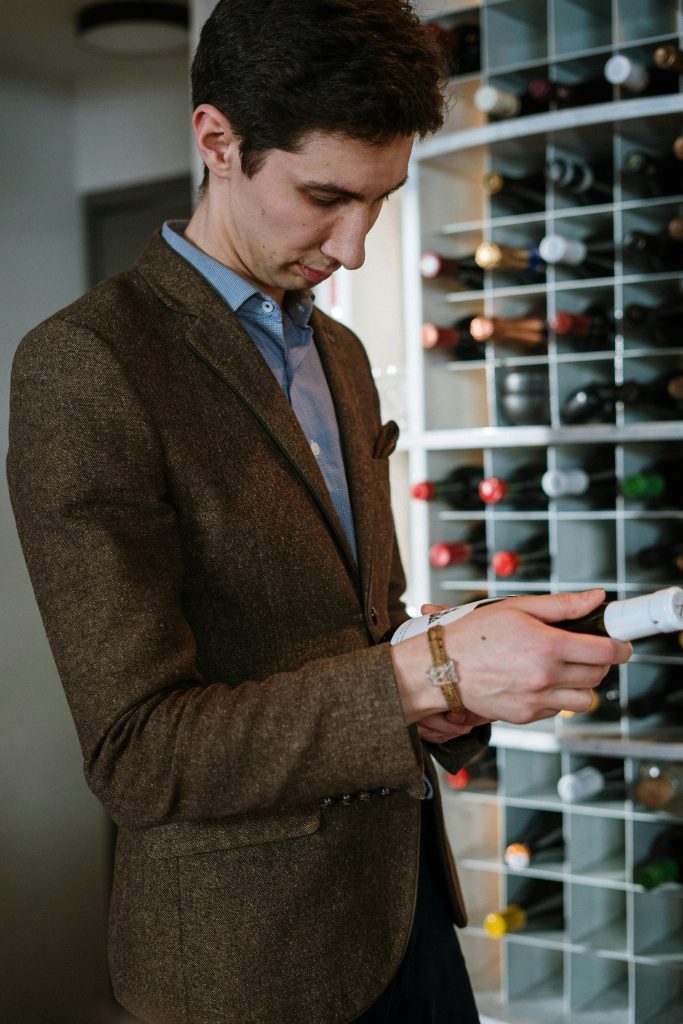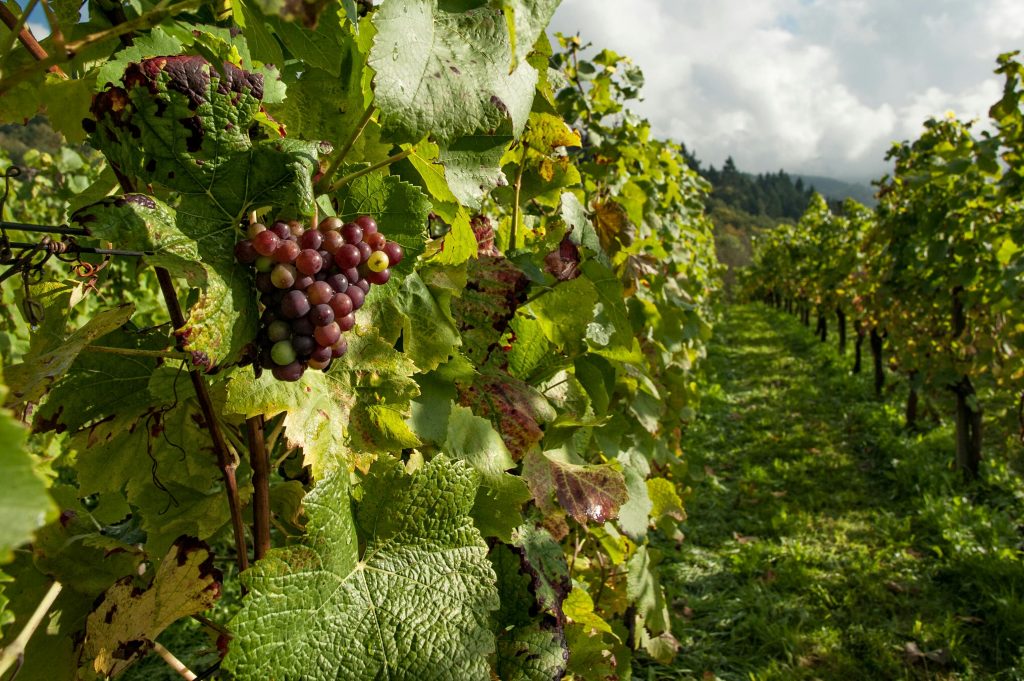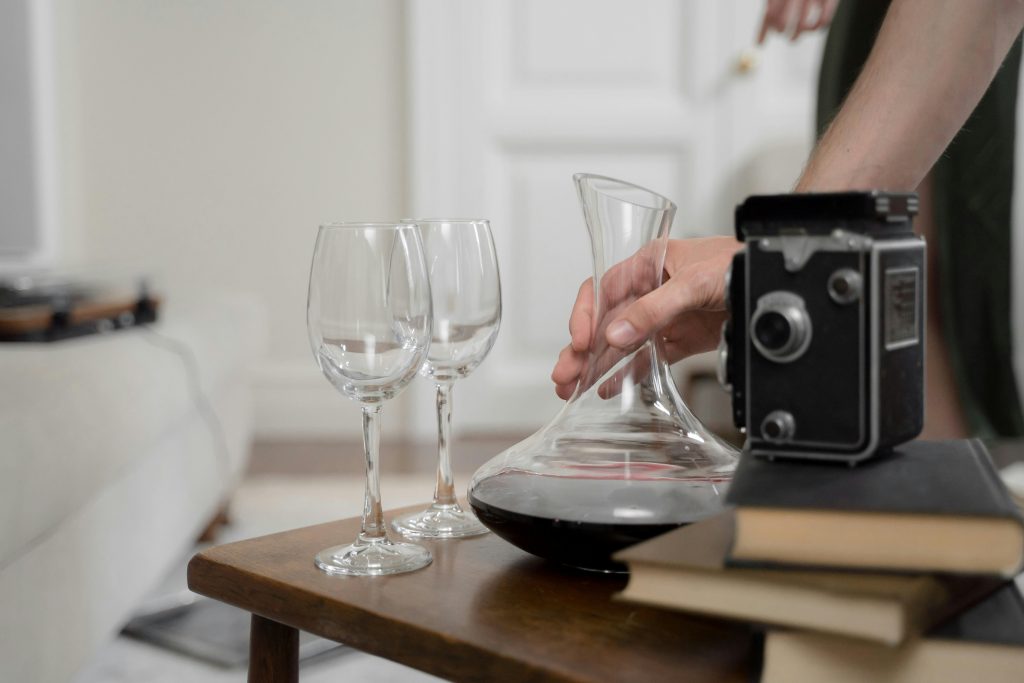Grapes and Dogs: What You Need to Know

As loving pet owners, we strive to provide the best care for our dogs, ensuring they are happy, healthy, and safe. However, some foods that are harmless to humans can pose serious threats to our canine friends. Grapes and raisins are prime examples of such hidden dangers. Unbeknownst to many, these seemingly innocent fruits can cause severe, even life-threatening reactions in dogs. This article delves into why grapes are toxic to dogs, how to recognize the symptoms of grape poisoning, safe alternatives for treats, and essential steps to take if your dogs accidentally ingest grapes.

Why Are Grapes Toxic to Dogs?
The toxicity of grapes and raisins for a dog is a well-documented yet somewhat mysterious phenomenon. Despite extensive research, veterinarians and scientists have yet to identify the exact substance in grapes that causes adverse reactions in dogs. What is clear, however, is that ingestion can lead to rapid onset of acute kidney injury (AKI), potentially resulting in kidney failure.
Possible Theories Behind Grape Toxicity:
- Mycotoxins: Some researchers speculate that molds or fungi producing mycotoxins on grapes might be the culprit.
- Pesticides and Heavy Metals: Another theory suggests that contaminants like pesticides or heavy metals could cause toxicity.
- Salicylate Compounds: Naturally occurring salicylates in grapes might affect canine kidneys adversely.
- Genetic Susceptibility: Some dogs may be more genetically predisposed to grape toxicity than others.
Regardless of the underlying cause, it’s imperative to treat all grape and raisin ingestion incidents seriously.
Symptoms of Grape Poisoning
Identifying the early signs of grape poisoning can be lifesaving. Symptoms can vary depending on the amount ingested and the size and health of the dog.
Common Symptoms to Watch For:
- Gastrointestinal Distress: Vomiting and diarrhea are often the earliest indicators, typically occurring within 6-12 hours after ingestion. The vomit or fecal matter may contain pieces of grapes or raisins.
- Lethargy and Weakness: Your dog may appear unusually tired, have difficulty standing, or show a lack of interest in favorite activities.
- Anorexia (Loss of Appetite): If your dog suddenly looses interest in food it’s a red flag.
- Abdominal Pain: Your dog might exhibit signs of discomfort, such as whimpering, panting, or adopting a hunched posture.
- Dehydration: Indicators include dry nose and gums, sunken eyes, and less skin elasticity.
- Increased Thirst and Urination: Initially, the kidneys may produce more urine (polyuria) as they struggle to function.
- Oliguria or Anuria: As kidney damage progresses, urine output may decrease significantly or stop altogether.
Advanced Symptoms:
- Bad Breath (Halitosis): A uremic smell due to the buildup of toxins.
- Oral Ulcers: Sores in the mouth resulting from toxin accumulation.
- Seizures or Tremors: In severe cases, neurological symptoms may develop.
Immediate Steps to Take
Time is of the essence when dealing with potential grape poisoning.
- Contact Your Veterinarian Immediately:
- Provide detailed information about what was ingested, including the type (grapes, raisins), quantity, and time of ingestion.
- If your vet is unavailable, contact an emergency veterinary clinic or a pet poison helpline.
- Follow Professional Guidance:
- Do Not Induce Vomiting Unless Directed: Incorrectly inducing vomiting can cause aspiration or other complications.
- Avoid Home Remedies: Do not administer any medications or remedies without veterinary approval.
- Prepare for Emergency Care:
- Transport Safely: Keep your dog calm and comfortable during transit.
- Bring Packaging if Available: If the grapes were from a packaged product, bring it along for ingredient verification.
Veterinary Treatment
Understanding what to expect at the veterinary clinic can help ease anxiety.
- Induced Vomiting: If within a few hours of ingestion, the vet may induce vomiting to remove any remaining grapes.
- Activated Charcoal: To bind toxins.
- Intravenous Fluids: Aggressive fluid therapy supports kidney function and promotes toxin elimination.
- Medications:
- Diuretics: To encourage urine production.
- Anti-nausea Drugs: To alleviate vomiting and discomfort.
- Gastroprotectants: To protect the stomach and intestines.
- Monitoring:
- Blood Tests: To assess kidney function and electrolyte balance.
- Urinalysis: To evaluate urine output and kidney performance.
Prognosis
- Early Intervention is Key: Dogs treated promptly have a significantly better chance of full recovery.
- Severity Varies: Prognosis depends on factors like the amount ingested, time before treatment, and individual susceptibility.
- Possible Long-Term Effects: In severe cases, there may be lasting kidney damage requiring ongoing management.
Preventing Accidental Ingestion
Prevention is better than cure. Let’s look at some precautions.
- Secure Storage:
- Store grapes, raisins, and related products (trail mixes, baked goods) in sealed containers out of reach.
- Childproof locks can prevent clever dogs from opening cabinets.
- Educate Household Members:
- Ensure that all family members, including children, understand the dangers.
- Instruct guests not to feed your dog without permission.
- Mindful Snacking:
- Avoid leaving snacks unattended, especially in areas accessible to pets.
- Be cautious during parties or gatherings where food may be left out.
- Awareness During Outdoor Activities:
- Be vigilant in areas where wild grapes grow or during walks where discarded food might be found.
- Train your dog with commands like “leave it” to prevent scavenging.
Safe Alternatives for Treats
Treat your dog with nutritious and safe options.
Fruits:
- Apples: Remove seeds and core; rich in fiber and vitamins.
- Blueberries: Antioxidant-rich and less calories.
- Watermelon: Seedless and rind-free; hydrating and sweet.

Vegetables:
- Carrots: Good for dental health and high in beta-carotene.
- Green Beans: Low-calorie and fiber-rich.
- Sweet Potatoes: Cooked and unseasoned; excellent source of vitamins.
Commercial Treats:
- Opt for vet-approved dog treats that meet nutritional standards.
Homemade Options:
- Frozen Banana Slices: A refreshing treat in moderation.
- Pumpkin Puree: Plain, canned pumpkin can aid digestion.
Always introduce new foods slowly and consult your vet if your dog has any health conditions.
Enjoying Vineyard Visits with Your Dog
If, besides loving your dog, you also love wine and vineyards, doesn’t mean you have to choose between them. Exploring vineyards can be a delightful experience for both you and your dog when done responsibly.
- Plan Ahead:
- Research: Find vineyards that are explicitly dog-friendly.
- Policies: Understand any rules or restrictions in place.
- Safety Precautions:
- Leash and Harness: Use sturdy equipment to maintain control.
- Avoid Grape Exposure: Stick to designated pet areas away from grapevines.
- Supervision: Never leave your dog unattended.
- Comfort Measures:
- Hydration: Carry water and a portable bowl.
- Shade and Rest: Provide breaks in cool areas, especially on hot days.
- Waste Disposal: Clean up after your dog to maintain a welcoming environment.
For an in-depth guide on making the most of vineyard excursions with your canine companion, including tips on etiquette and planning, visit Can I Bring My Dog to a Vineyard Visit?. This resource offers valuable insights to ensure a safe and enjoyable outing for you both.
Frequently Asked Questions
Q: Can a small amount of grape cause harm?
A: Yes, even a single grape or raisin can be toxic to some dogs. The reaction is not necessarily dose-dependent, and some dogs are more sensitive than others.
Q: Are other animals affected by grape toxicity?
A: Currently, grape toxicity is primarily documented in dogs. However, it’s best to keep grapes away from all pets due to potential unknown risks.
Q: What about products containing grapes, like wine or grape juice?
A: These should also be avoided. While the fermentation process may alter some components, products like wine contain alcohol, which is also toxic to dogs.
Q: Is it safe to feed my dog grape-flavored medications or supplements?
A: Consult your veterinarian. Some medications may be grape-flavored but formulated to be safe for dogs.
Conclusion
Being informed about the dangers of grapes and raisins is a crucial aspect of responsible looking after dogs. By recognizing the symptoms of grape poisoning, taking immediate action when necessary, and implementing preventative measures, you can safeguard your dog’s health. Remember, when it comes to your pet’s well-being, no question or concern is too small to discuss with your veterinarian.





































